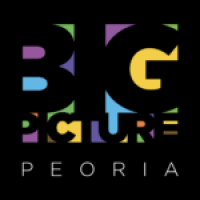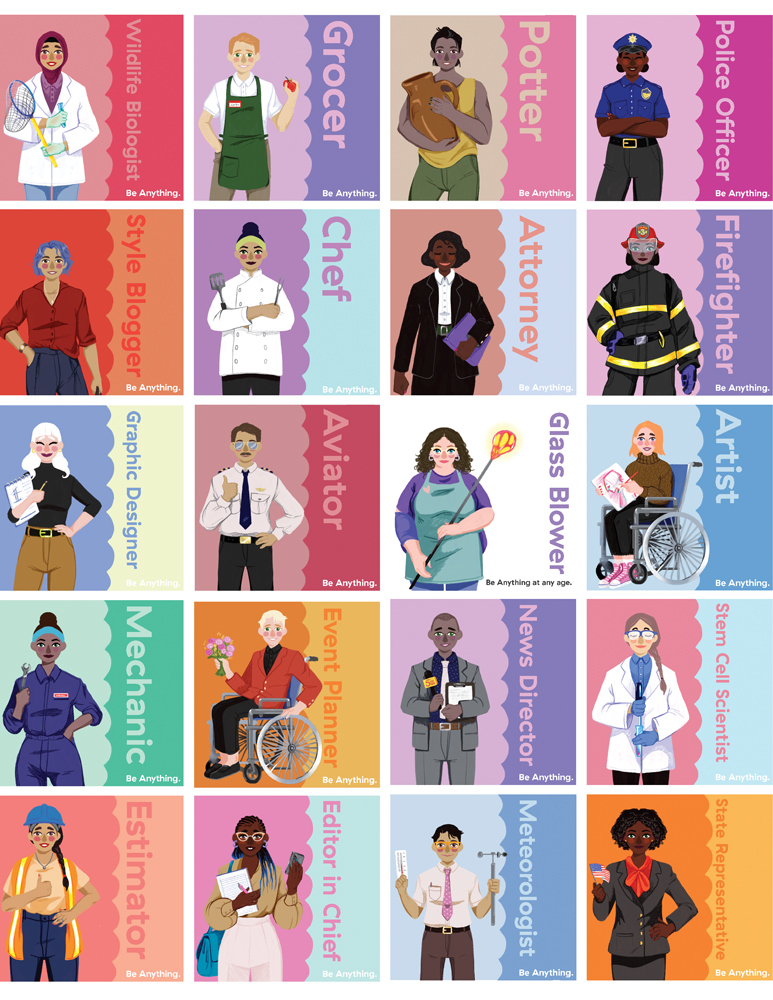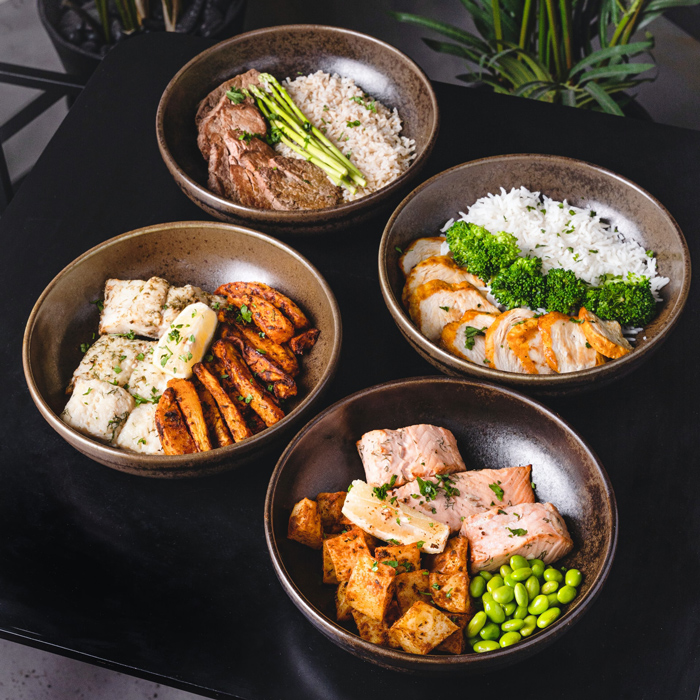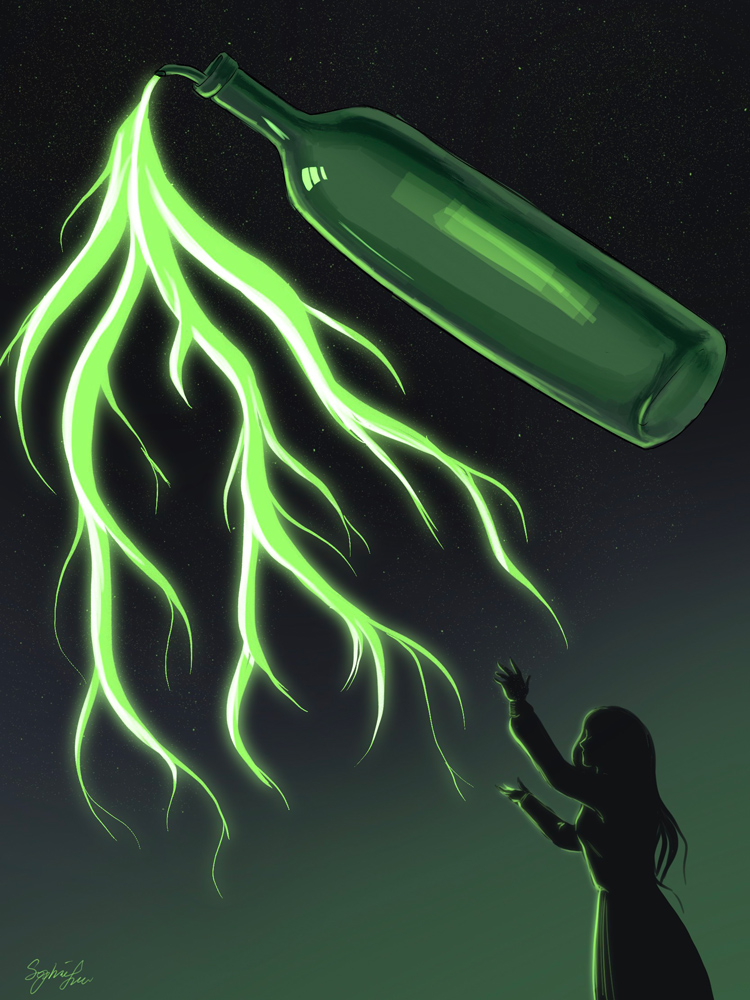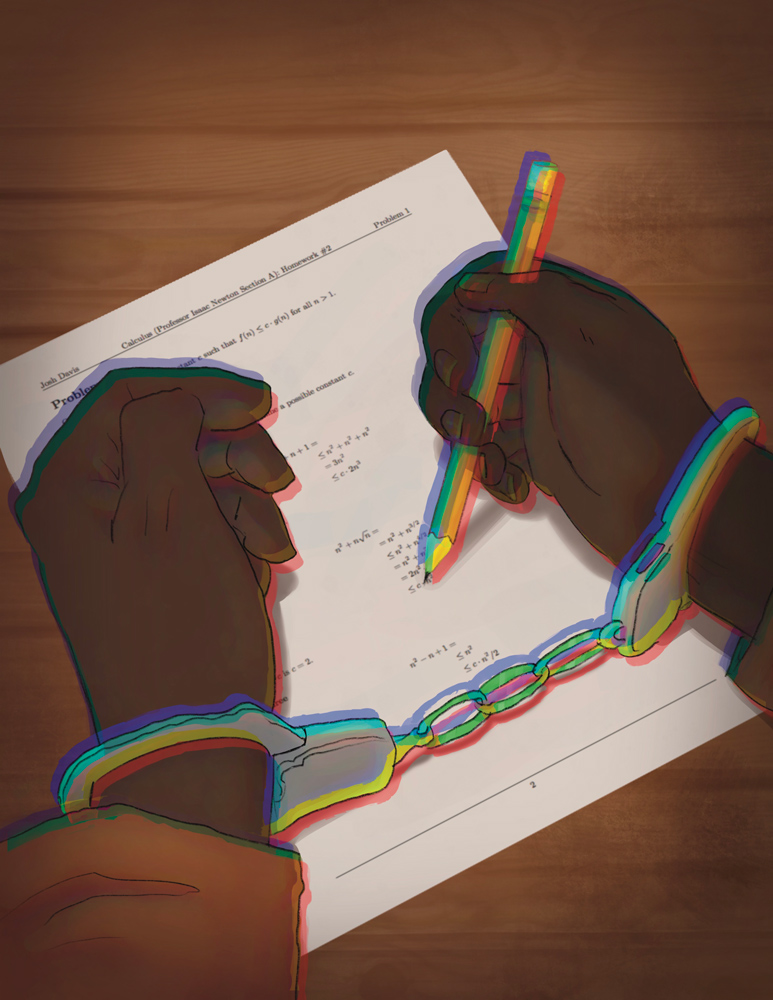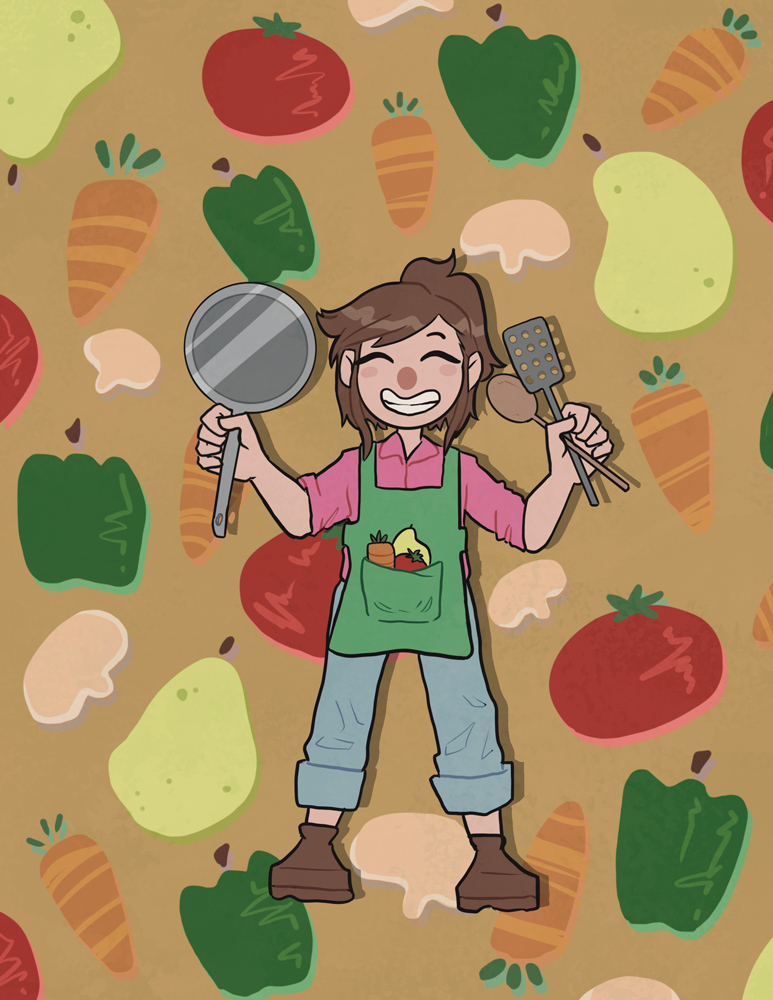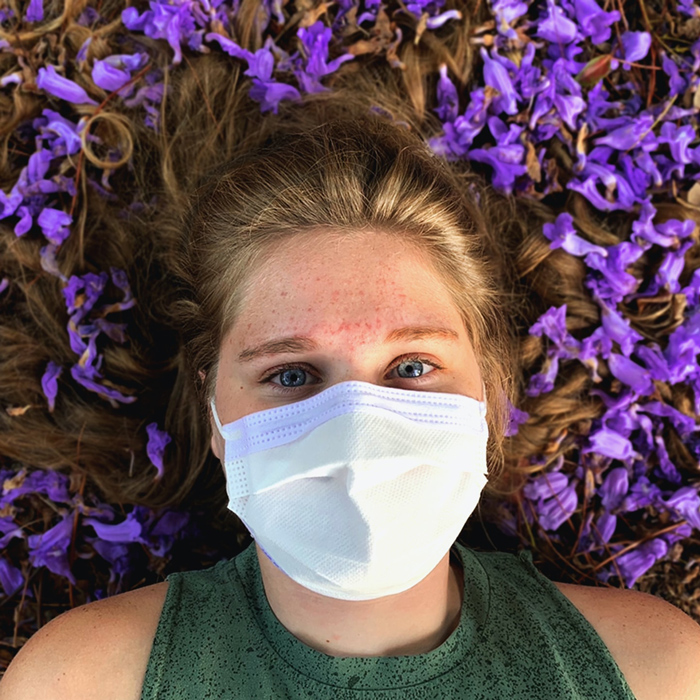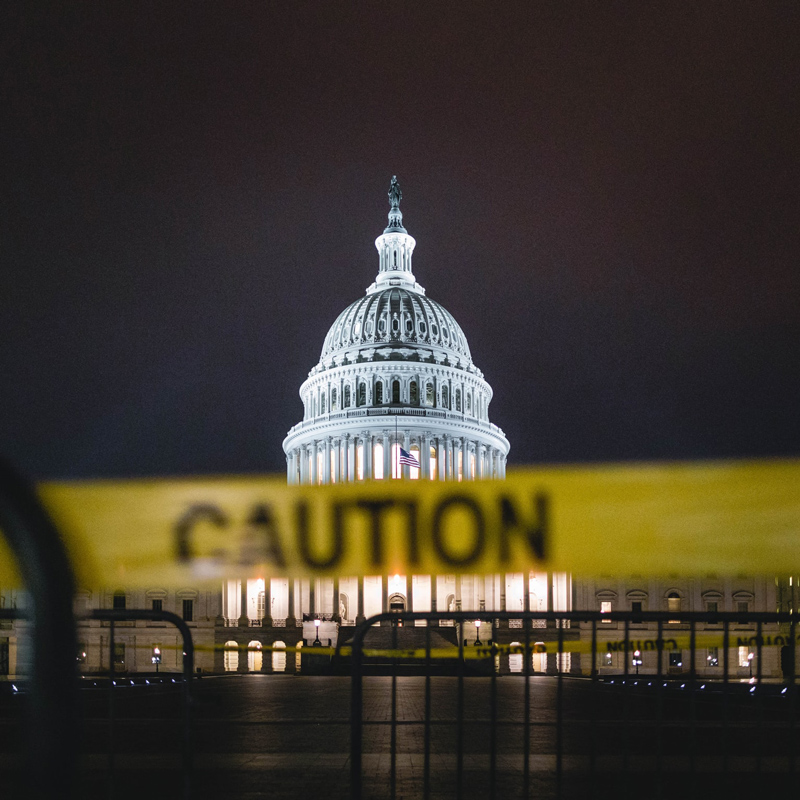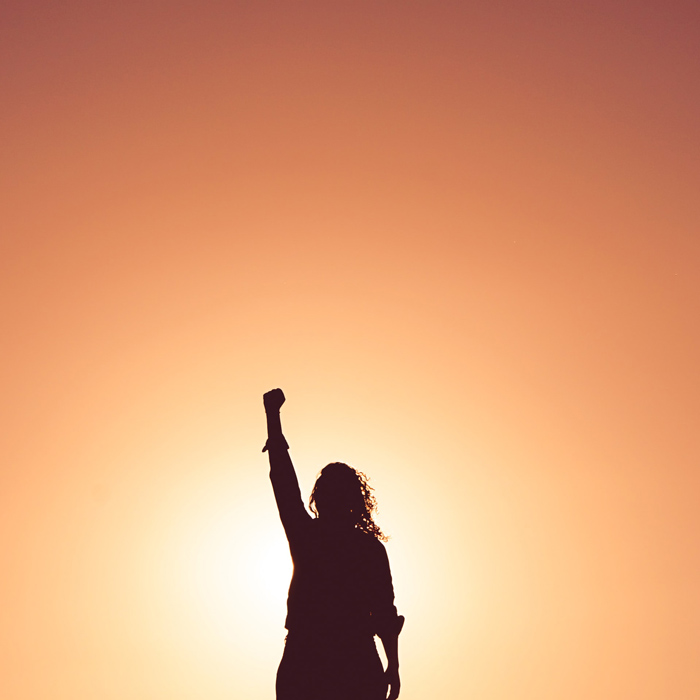Anyone Can Be Anything
by Cailyn Talamonti When I was growing up, it was tough for me to relate to the characters on the television. My body was pudgy, tall, and hairy—and princesses were not like that. Though my family called me “beautiful” and “perfectly healthy,” the kids at school were not as kind. That, along with the lack …
